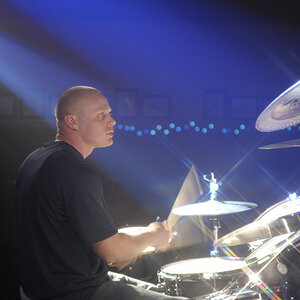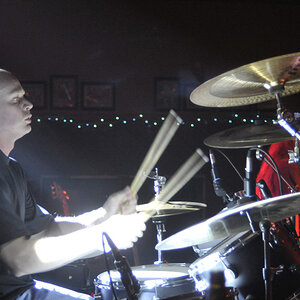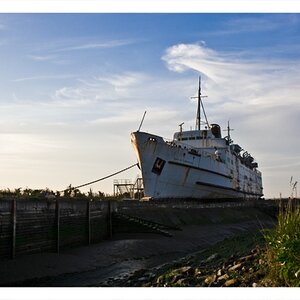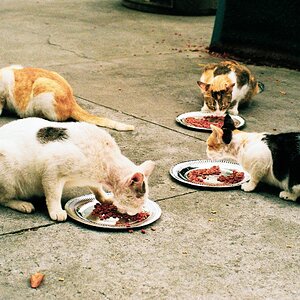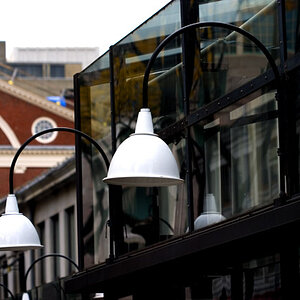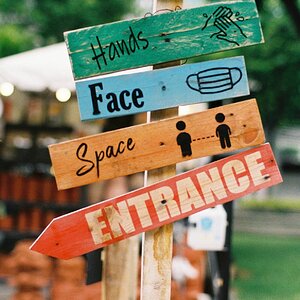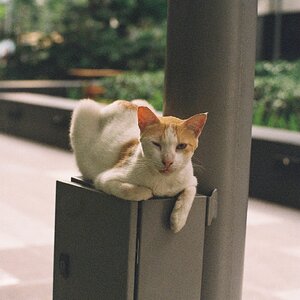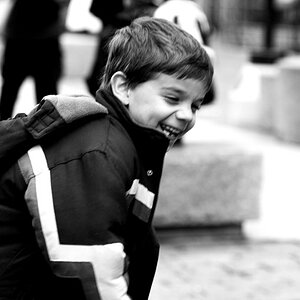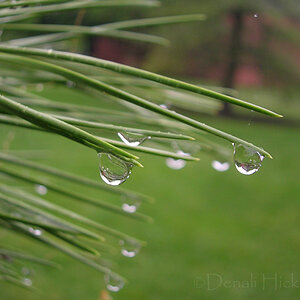Alex_B
No longer a newbie, moving up!
- Joined
- Aug 30, 2006
- Messages
- 14,491
- Reaction score
- 206
- Location
- Europe 67.51°N
- Can others edit my Photos
- Photos NOT OK to edit
any manipulation which has the desired effect is OK. Just from some point onwards the image is more defined by those manipulations, and so much by what you did when taking the image. If that is the case, then I'd not call it photography anymore, but maybe photographic design or art.


